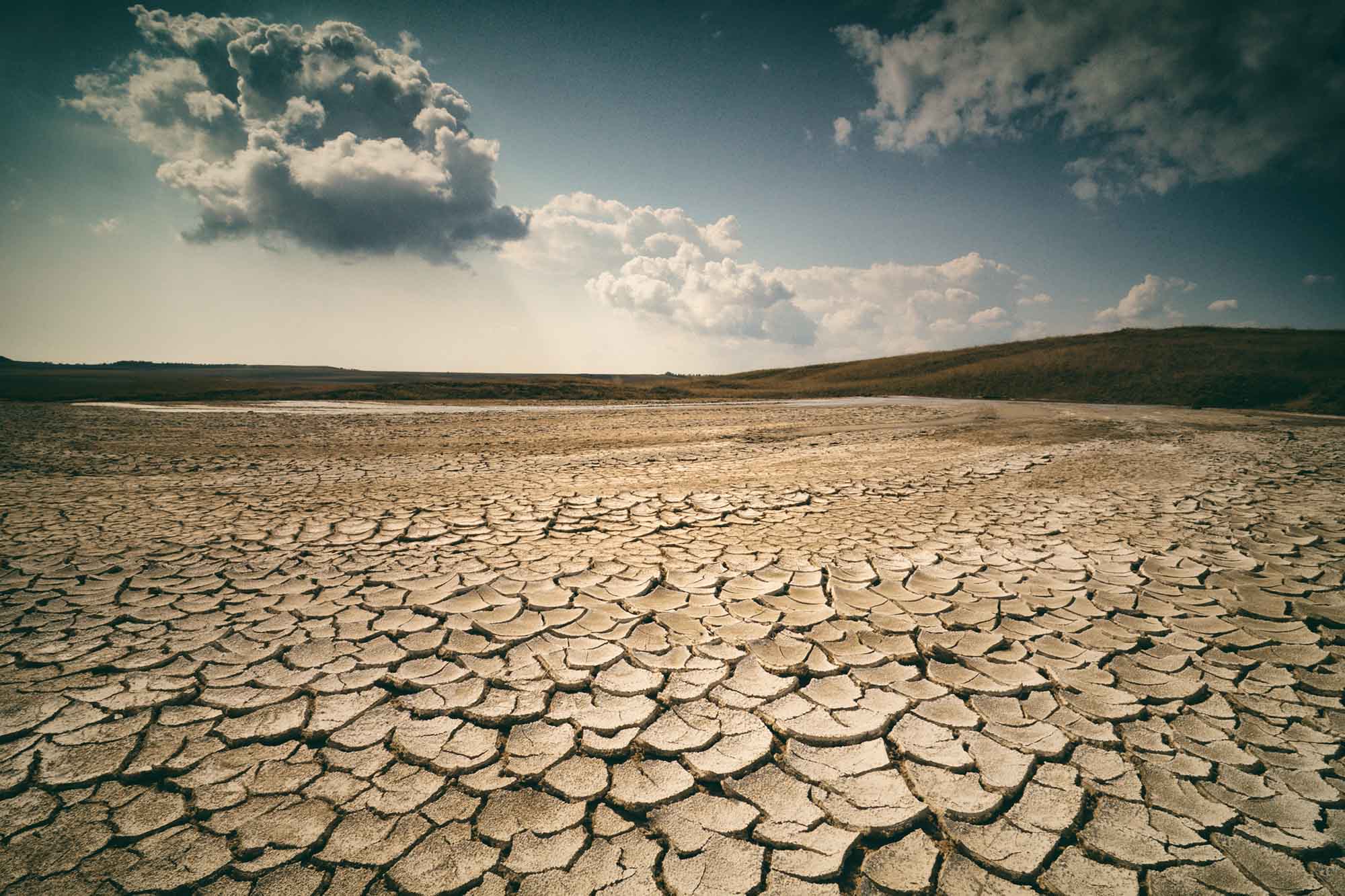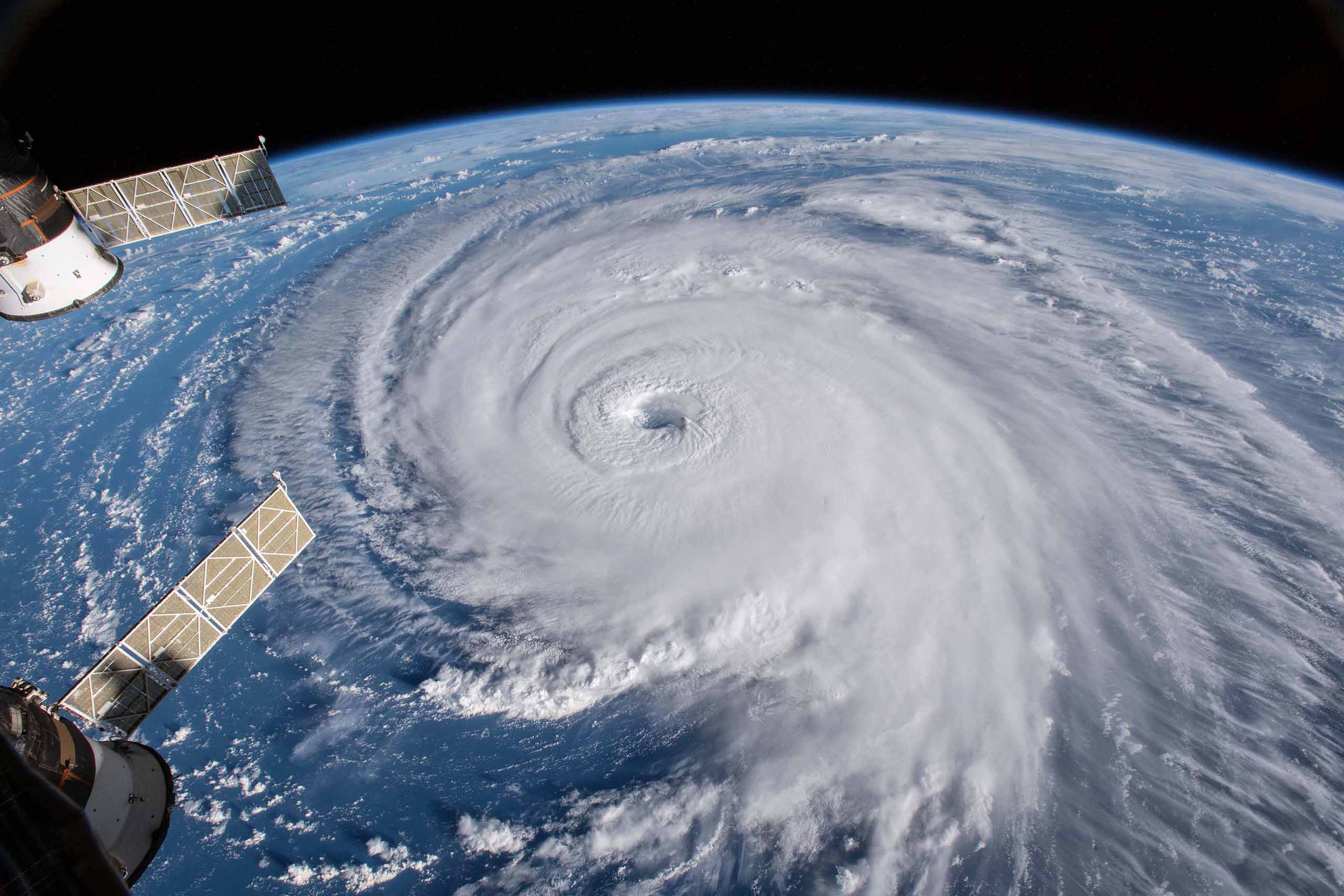Looking out the window and seeing rain falling is a sight many of us take for granted. But for those living in areas stricken by drought, this simple pleasure can be hard to come by. Droughts are a serious problem that affects people all over the world. In this blog post, we will discuss 10 drought facts.
More Weather Blogs
Rainfall determines whether or not an area is affected by drought
Drought is a period of abnormally low rainfall. It can occur anywhere, but it is most common in areas that experience high evaporation rates, like deserts. When drought conditions persist, they can lead to devastating effects, including crop failure, water shortages, and livestock deaths.
The primary factor that determines whether or not an area is affected by drought is rainfall levels. If precipitation levels are significantly below average, it can lead to a drought. However, other factors, such as high temperatures and strong winds, can also contribute to drought conditions.
More than 55 million live in areas stricken by drought
According to the WHO, more than 55 million people live in areas currently experiencing drought conditions at any given time. This puts a significant portion of the world’s population at risk for food and water shortages, wildfires, and social unrest.
Additionally, drought can exacerbate poverty and social inequality. For example, in many parts of the world, women and girls are responsible for collecting water for their families. When droughts strike, they often have to walk long distances to find water, taking them away from school or work, leading to lower education rates among women in developing countries where drought is common.

Droughts affect every continent, but they are widespread on the African continent and in Australia
Droughts are a major environmental problem affecting every continent, although most common in Australia and Africa. Africa’s drought susceptibility is because most of the continent is located in arid or semi-arid regions, and Australia’s interior is similarly dry.
If a region suffers a drought, the economic cost can be significant
Droughts can have a significant impact on agriculture, water supplies, and even power generation. When droughts occur in regions that are heavily dependent on agriculture, the economic cost can be significant. According to the National Oceanic and Atmospheric Administration, the total cost of all droughts in the U.S. from 1980 to 2020 was nearly $250 billion.
While droughts can happen anywhere, they are particularly costly in developing countries where agricultural production is a major part of the economy. Countries like Ethopia regularly deal with droughts, and climate change is expected to make the issue worse.
Climate change is making droughts more common
Although they occur naturally, climate change is making droughts more common and more severe. Warmer temperatures increase evaporation, which means less water is available for plants and animals. Additionally, higher temperatures lead to increased demand for water, as people use more water for drinking, irrigation, and swimming.
Droughts can have a devastating impact on ecosystems and human societies. In recent years, droughts have caused crop failures, wildfires, and water shortages worldwide. With climate change making droughts more likely, we must conserve water where we can.

The phase of the El Niño-Southern Oscillation (ENSO) is a major cause of droughts
The El Niño-Southern Oscillation (ENSO) is a major cause of droughts. It is a climate pattern that consists of alternating warm and cold phases in the equatorial Pacific Ocean off the coast of South America. The warm phase, called El Niño, can last for several months to a few years and typically occurs every three to seven years. During this time, the tropical Pacific Ocean warms up, leading to heavy rains and floods in some areas while causing droughts in others.
The cold phase, called La Niña, can also last for several months to a few years and typically occurs every two to five years. This phase is characterized by cooler than average temperatures in the tropical Pacific Ocean, which can lead to drought conditions in some areas.
A drought can last for months or years
Droughts can last for months or even years and often lead to widespread economic and environmental damage. Agricultural production typically plummets during a drought, as crops wither and die due to lack of water. This can lead to widespread famine and political instability in regions that are heavily reliant on agriculture. In addition, droughts can cause wildfires to break out, as dry vegetation becomes fuel for the flames.
Furthermore, droughts can tax already strained water resources, leading to conflict over access to this essential commodity. As a result, droughts can have far-reaching and devastating consequences.
Droughts are not just a problem for developing countries
Droughts are often thought of as a problem that only affects developing countries. However, the reality is that droughts can occur anywhere in the world, and they can have a devastating impact on both developed and developing economies.
A recent example is the ongoing California drought, which caused billions of dollars in economic damage. The state’s agriculture industry was particularly hard hit, with crop yields plunging by more than 50%. These impacts are felt far beyond California’s borders as well, with the price of fruits and vegetables rising across the United States amid already rising costs.

Droughts are a major threat to public health
Drought is defined as a period of below-average precipitation in a given region, resulting in prolonged shortages of water. This can have a major impact on public health, as droughts can lead to water shortages and heatwaves. When water supplies are low, people may be forced to ration their use of water or even resort to drinking contaminated water. This can lead to dehydration, which can cause a number of health problems including kidney failure, diarrhea, and death.
Additionally, droughts can contribute to the spread of disease by increasing the number of dust storms, which can contaminate the air with harmful particles. Finally, droughts can also lead to crop failures and livestock deaths, which can cause widespread hunger and malnutrition.
The public can take steps to help reduce the impact of a drought
A drought is a period of time when there is not enough water available to meet the needs of people, plants, and animals. Droughts can have a major impact on agriculture, tourism, industry, and wildlife. They can also lead to water rationing and shortages. While droughts are often caused by natural conditions, such as changes in precipitation, they can also be made worse by human activities.
The good news is that there are things that the public can do to help reduce the impact of drought. Some of these steps include: using water efficiently, planting drought-resistant plants, conserving energy, and reducing waste. By taking these actions, we can all help to ease the strain on our water resources during times of drought.
Governments and organizations also play a role in helping to prevent and mitigate the effects of droughts
Droughts are a complex phenomenon, and there is no one-size-fits-all solution for preventing or mitigating their effects. However, governments and organizations can play an important role in drought preparedness and response.
For example, they can help to ensure that water resources are managed efficiently and that farmers have access to the latest drought-resistant seeds and irrigation technologies. They can also help to fund research into better forecasting techniques and early warning systems. In addition, they can provide support to communities during drought periods, for example by ensuring that food and water supplies are available. By taking these steps, governments and organizations can help to reduce the social and economic impacts of droughts.




